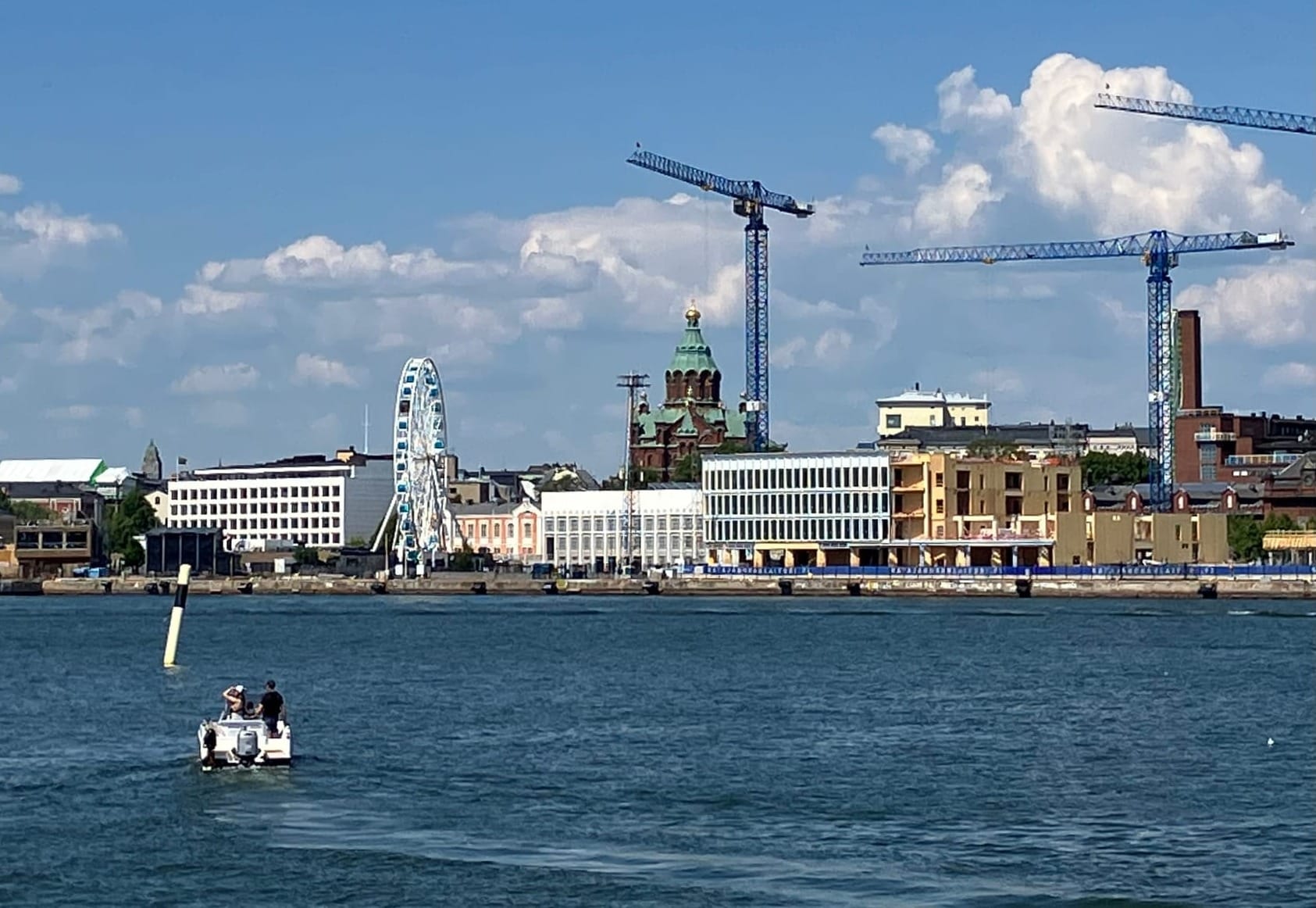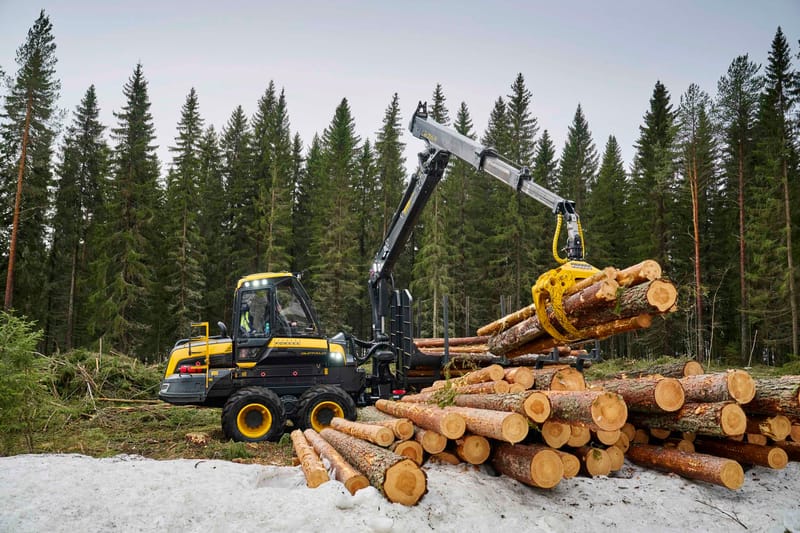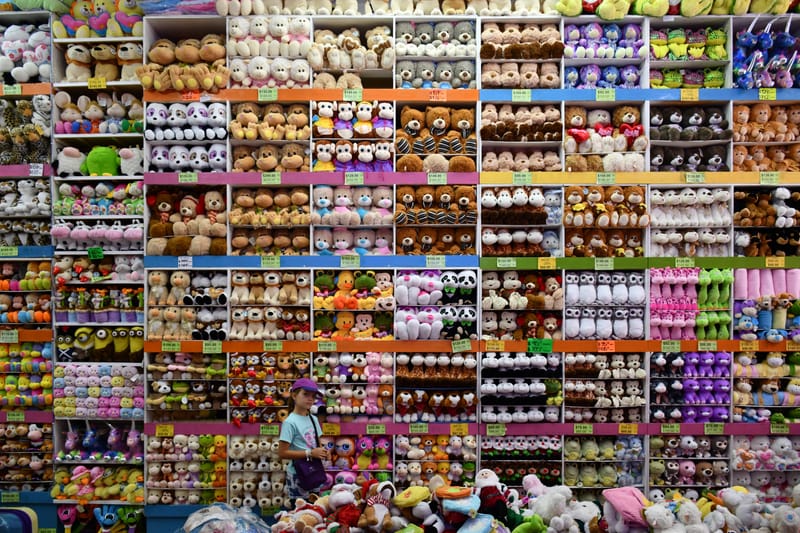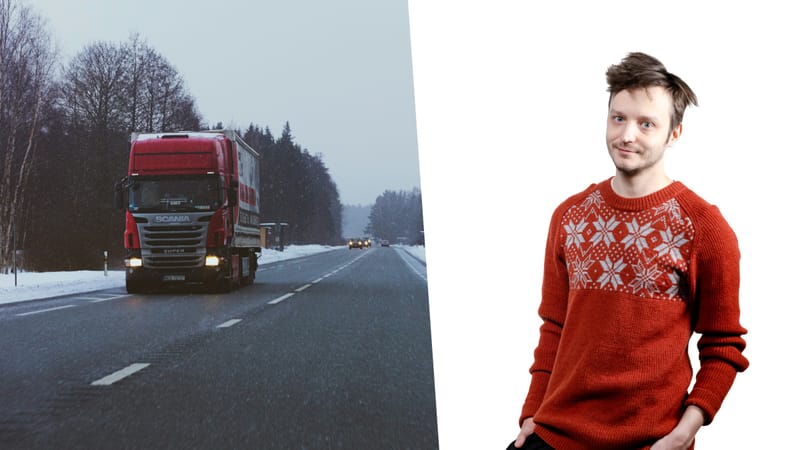Finland Cultural Guide - Part I: Discovering Helsinki
What is this country you've stumbled into? What does it consist of, what do the people here do? And how do Finns see each other? Join Verde Voices on a journey as we travel through Finland in a four-part overview.

Perttu Rytsölä
In the first two parts, we focus on urban, so-called "Rush-Hour Finland," which comprises the triangle between the three largest metropolitan areas: Helsinki, Tampere, and Turku. This region covers only three percent of Finland's land area, but over 40 percent of Finns live within its borders. Rush-Hour Finland is also growing, while areas beyond it are emptying out. In the latter two parts, we'll explore provincial Finland.
Maritime Helsinki
History: From Suomenlinna to a growing capital
City Center: Sea, art museums, and restaurants
Suburbs: Apartment buildings and immigration
Our journey naturally begins in the capital, Helsinki, where you've likely arrived by plane or possibly by ferry from Stockholm, Tallinn, or Travemünde.
Upon entering the city, visitors typically first notice its building stock – hundreds of imaginative Art Nouveau buildings that rose when the city began rapid growth after the mid-19th century. Helsinki had become the administrative capital at the century's beginning when Finland was incorporated into Russia. The Tsar wanted the capital moved from Turku closer to his own in St. Petersburg, choosing Helsinki for its busy harbor and the Suomenlinna sea fortress.
The city was founded in 1550 but remained modest for centuries. Only when fortress construction began in the 18th century did growth accelerate.
Helsinki's center was originally around Senate Square, from which it has expanded toward Mannerheimintie, now reaching Kamppi. The center has seen many cycles of boom and decline. Most recently, it experienced the effects of e-commerce, the corona pandemic, and increased remote work, resulting in fewer people coming downtown to work and shop. Simultaneously, changes in alcohol consumption put downtown nightclubs under pressure. However, there are now signs that the center is recovering as an entertainment destination, drawn by new restaurants and events.
Downtown & Kallio: From culture halls to counterculture
Helsinki's downtown has trump cards that highway shopping centers can't match: its diverse cultural services – art museums, theaters, cinemas, concert halls, and the sculptural Oodi library. Finland has produced an exceptional number of top conductors for its size, and in the adjacent Music Centre, you can enjoy classical concerts at relatively affordable prices.
In popular music, among the city's best-known events are the Flow Festival and Tuska for metal music fans. Around New Year's, the light event Lux Helsinki draws crowds downtown. In music, Helsinki is also the northern center of techno. On summer weekends, parks fill with revelers and people cycle through the night. One favorite destination is Sompasauna, which is a free communal sauna at Mustikkamaa island.
The center's next major transformation involves expanding pedestrian areas, which are currently fragmented. The front of Helsinki railway station, designed in the National Romantic style, will be dedicated to pedestrians and trams, creating a large unified pedestrian center. The center's large parks at Töölönlahti and Kaisaniemi were long shabby, but their appearance has been improved in recent years.
North of Helsinki's city center lies the legendary Kallio district. Although Finland is sparsely populated, Kallio is as densely inhabited as any major European city. Kallio is an old working-class neighborhood undergoing gentrification. Thanks to its small apartments, location, and rents cheaper than downtown, Kallio is the most typical neighborhood for newcomers to Helsinki.
Many arrivals are students. Kallio houses the University of the Arts, other schools in the field, and it's a short distance to the University of Helsinki in Kruununhaka. The neighborhood's atmosphere is considered tolerant, and it also generally attracts many creative professionals. Due to all this, Kallio appears in Finnish cultural products – books, series, films – more often than any other corner of the country.
In Kallio, life was still poor and the streets restless into the 1980s. Below the neighborhood's main street Hämeentie, in Sörnäinen, were factories where workers trudged from the massive apartment block quarters above. Today, the factories house creative industry jobs and cultural services, such as the complex block of several techno clubs at Kaikukatu in the former match factory.
Gentrification shows in the area's restaurant transformation from beer joints to gastropubs and natural wine bars, but unrest remains. Finland's decades-long harsh drug policy hasn't stopped the growth of drug use, and its side effects are most visible in Sörnäinen's Kurvi area.
South and west of the centre: from Eira elegance to affluent Töölö
It's calmer south of the center, in Eira and Ullanlinna, where the country's most expensive addresses are found. Many Swedish speakers live in the area. Expensive cars are parked in front of pastel-colored Art Nouveau buildings, the ground floors house chocolate shops and beauty services, and well-off people sit on café terraces. In the post-war decades, Helsinki grew in suburbs and previously child-filled city center blocks quieted, but in the '90s the trend reversed and now they're more popular than ever.
Eira has always been a wealthy area, and the change across Tehtaankatu to working-class Punavuori was once dramatic: the neighborhoods had different cultures and values, different families and different jobs. They spoke different languages and read different newspapers. A unified culture only emerged in the 1960s with television. Punavuori gentrified before Kallio, and the old times are now only visible in details. Former industrial buildings house advertising and media companies, restaurants, and cultural services.
Töölö, dominating the western part of the city center, was built in the 1910s–1930s. Especially the 1920s was a time of rapid economic growth, so Töölö apartments built then became large 4–6 room units instead of Kallio's studios and one-bedrooms. Today, Töölö is wealthy and its streets are quiet compared to Kallio, except for busy through traffic on Mechelininkatu, Runeberginkatu, and Mannerheimintie. At Töölö's edge sits the Parliament House built in the 1930s, and in its nearby bars you can meet politicians discussing their decisions.
From harbors to high-rises: new neighborhoods and old charms
The city center sits on a narrow peninsula and is practically fully built, but it's currently growing at its edges – in Kalasatama and Jätkäsaari, freed from freight harbor use, where brick buildings with glazed balconies and tower blocks unprecedented in the country are rising according to current architectural trends. East from Kalasatama, the Crown Bridges are being built, connecting the city center to the Kruununvuorenranta suburb being constructed on Laajasalo island. The Crown Bridge, supported by white pylons, is the world's longest tram bridge.
South of Laajasalo lies the vast military island of Santahamina, a garrison protecting the city. The eastern direction is largely residential rather than a service center. There are apartment block suburbs like Herttoniemi, Kontula, Vuosaari, and Jakomäki, but also detached house areas like Vartiokylä, Jollas, and Tammisalo scattered among them.
In the massive Itäkeskus, you can see Finland changing. For much of its history, the nation was poor and saw little cross-border migration, but immigration began to rise rapidly in the 1990s. Today, especially Helsinki's manual labor sectors are immigrant-dominated, and the Itäkeskus area has filled with services used by newcomers. Young people from different backgrounds are united by football and Finnish rap. Geographically, the east connects to downtown – and the West – by metro.
North Helsinki is accessible by commuter trains. The railway corridors are similarly residential-dominated mixtures of apartment blocks and detached houses, increasingly multicultural. However, some areas have been so for a long time – for example, Malmi has a significant ethnic Roma minority. The Roma, whose roots trace back to India and who have lived in Finland for over 500 years, were historically known for their expertise with horses and as singers.
Eastern suburbs arose rapidly after the war and their planning was straightforward. The railway corridor is older and the alongside areas developed organically, which you can observe in the winding paths and wooden houses of, for example, Tapanila and Oulunkylä. During post-war structural change, these houses were scorned and demolished as old-fashioned, but the surviving ones are now desired and surprisingly valuable with their romantic yards. Wooden house areas exist in Vallila, Käpylä, and Toukola, for example.
West Helsinki is a wealthy area. Lauttasaari, Kuusisaari, and Munkkiniemi were built with classical and functionalist villas in the pre-war period. Tram lines and bike paths connect these to downtown. One of the most interesting cycling routes runs through Meilahti's old villa area up to a high cliff topped with a Bronze Age ancient grave. A sea view opens up ahead, just as it did thousands of years ago. Down from the cliff is the Prime Minister's official residence and across the bay, the President's. In the background is Seurasaari, a museum island where old wooden buildings of different styles from farms across Finland have been collected.
From stock exchange to stadiums: the capital at work and leisure
In business life, Helsinki is naturally the country's engine. Helsinki Stock Exchange trading now occurs electronically, but its offices still occupy the old stock exchange building on Fabiankatu. The city hosts key players from various sectors: financial giants Nordea and OP, gaming cluster leader Supercell, Maria01 startup incubator and the Slush event. Other sectors include media houses Alma, Sanoma, Bonnier, and Bauer, advertising agencies Miltton, SEK and TBWA, the international "big four" consultancies, and retailers SOK, Kesko, and Stockmann.
Several investment funds operate on Aleksanterinkatu, while blocks south of Esplanade are the city's law firm concentration. The city still has manufacturing industry: an icebreaker-building shipyard in Hietaniemi, engine manufacturer ABB's factory in Pitäjänmäki, Paulig's coffee factory in Vuosaari, and textile company Marimekko's production facility in Herttoniemi.
The city's most popular tourist destination is Linnanmäki amusement park. Alongside it, tourists are drawn to Suomenlinna, one of the world's largest sea fortresses. Easily reached by ferry, it is well suited for a day trip. Numerous other Helsinki islands also also accessible by boat.
For architecture enthusiasts, the city offers much to see: the functionalist Helsinki Olympic Stadium and swimming stadium, downtown Senate Square's empire style, Katajanokka's Laivastokatu Art Nouveau, Alvar Aalto's buildings, Temppeliaukio Church, Pasila's concrete brutalism, and suburban modernism like Pihlajamäki.
In sports, the Helsinki ice hockey teams HIFK and Jokerit are large and spectacular but not particularly successful, though HIFK's home arena “Nordis” in Töölö is architecturally interesting. In football, Helsinki has fared better – the country's undisputed number one team has long been HJK, also playing in Töölö. It has recently been challenged by Gnistan, a suburban team from Oulunkylä.
Another suburban team, Eräviikingit, competes in floorball. In basketball, the city is represented by Seagulls, in winter team sport bandy by HIFK and Botnia, and in women's pesäpallo – similar to baseball – by Roihu.
As a maritime city, Helsinki has long embraced sailing, and on weekends dinghies can be seen tacking just off the shore. On streets, urban sports like skateboarding and scootering are popular.
In other Finns' minds, Helsinkians are known as hurried and in some eyes even indifferent. There's also joking about city dwellers' superficiality and trend-following. Väinö Linna's "The Unknown Soldier" is a key portrayal of different types of Finns. The novel has two Helsinki characters: the arrogant and boastful officer Lammio is the story's antagonist. At the end, Linna introduces the bold young Kallio resident Asumaniemi in just a few pages.
Helsinkians themselves feel they know how to demand service and quality, which they don't find in provincial Finland. In a big city, a certain anonymity is part of everyday life, and Helsinkians don’t usually stop for small talk. Yet genuine locals tend to be more direct with strangers than Finns in general.
Finnish spoken in Helsinki is in principle Häme dialect, but long ago grew separate from it. The city has always been multilingual, so Stadi slang has mixed Swedish, English, Russian, German, and nowadays even Arabic.
In the next part, Verde takes you to the Greater Helsinki area and the province around it, Uusimaa.






